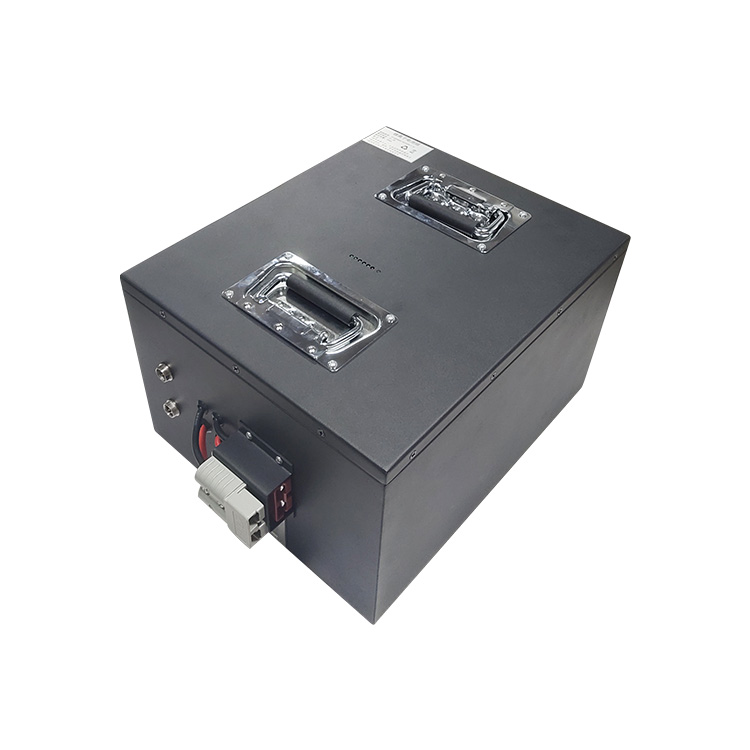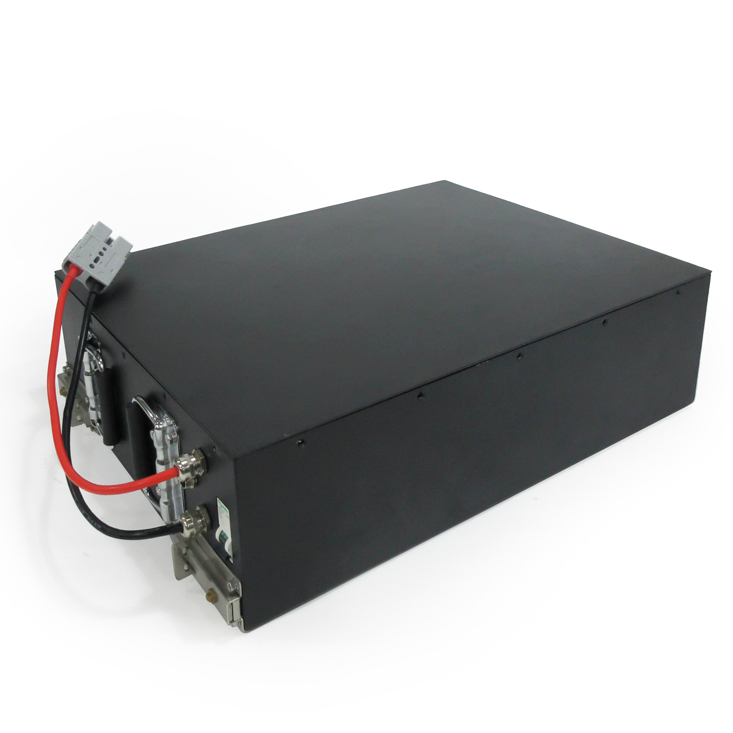Deep Analysis Power Battery System Design
Power battery system it is the core component of new energy vehicles, and its design is directly related to the performance, mileage and safety of vehicles. This article will analyze the structure, materials, thermal management and other aspects of the power battery system in detail to help readers better understand the power battery technology and design principles.
Structural design
power battery systems usually include battery cells, battery modules, battery pack, and battery management systems (BMS). Battery monomer is the basic primary unit of power battery, usually composed of positive negative plate, electrolyte and separator. Multiple battery cells form a battery module, while multiple battery modules form battery pack. The battery management system monitors the status, temperature and safety of the battery to ensure the safe operation of the battery.
Material Selection
in the design of power battery system, the choice of materials is very important. The positive negative plate of battery monomer usually adopts lithium ion battery materials, such as lithium cobalt oxide, lithium nickel cobalt manganese oxide, etc. Membrane materials need to have good ion conductivity and isolation properties. The shell of battery pack is usually made of lightweight materials, such as aluminum alloy or high-strength plastic, to ensure the strength and safety of the overall structure.
Thermal management
the power battery system generates a lot of heat in the working process, so thermal management is a crucial part in the design. Excessive heat will affect the performance and service life of the battery and even cause potential safety hazards. Therefore, the power battery system is usually equipped with a cooling system, including fans, cooling fin, cooling liquid, etc., to ensure that the operating temperature of the battery system is within a safe range.
due to the particularity of power battery system, safety design is particularly important. The battery system needs to have a variety of safety protection functions such as overcharge, overdischarge, and short circuit to prevent accidents. In addition, the power battery system also needs to have waterproof, dustproof, shockproof and other characteristics to adapt to various complex use environments.
System integration
the design of power battery system needs to fully consider the integration with the whole vehicle. The battery system needs to effectively cooperate with the electronic control system, power system, body structure and other components of the vehicle to ensure the performance and safety of the vehicle. In addition, the design of power battery system also needs to meet the requirements of space, weight, power and other aspects of the vehicle, so as to realize the optimal design of the vehicle.
Future Development Trend
with the continuous development of new energy vehicle market and the continuous progress of technology, the design of power battery system will also develop towards the direction of high energy density, long cycle life, fast charging, etc. At the same time, innovations in materials, technology, thermal management and other aspects will also promote the continuous upgrading and improvement of power battery systems.
The design of power battery system is an important part of new energy vehicle technology, and its design quality is directly related to the performance and safety of the vehicle. Through the detailed analysis of this article, I believe readers have a deeper understanding of the design principles and technical characteristics of power battery system, and can also better pay attention to and understand the development of new energy vehicle technology.
 Dongguan Juneng New Energy Technology Co., Ltd.
Dongguan Juneng New Energy Technology Co., Ltd.
 137 5142 6524(Miss Gao)
137 5142 6524(Miss Gao)
 susiegao@power-ing.com
susiegao@power-ing.com
 Xinghuiyuan High tech Industrial Park, Dalang Town, Dongguan City, Guangdong Province
Xinghuiyuan High tech Industrial Park, Dalang Town, Dongguan City, Guangdong Province













 Yue Gong Wang An Bei No. 4419002007491
Yue Gong Wang An Bei No. 4419002007491